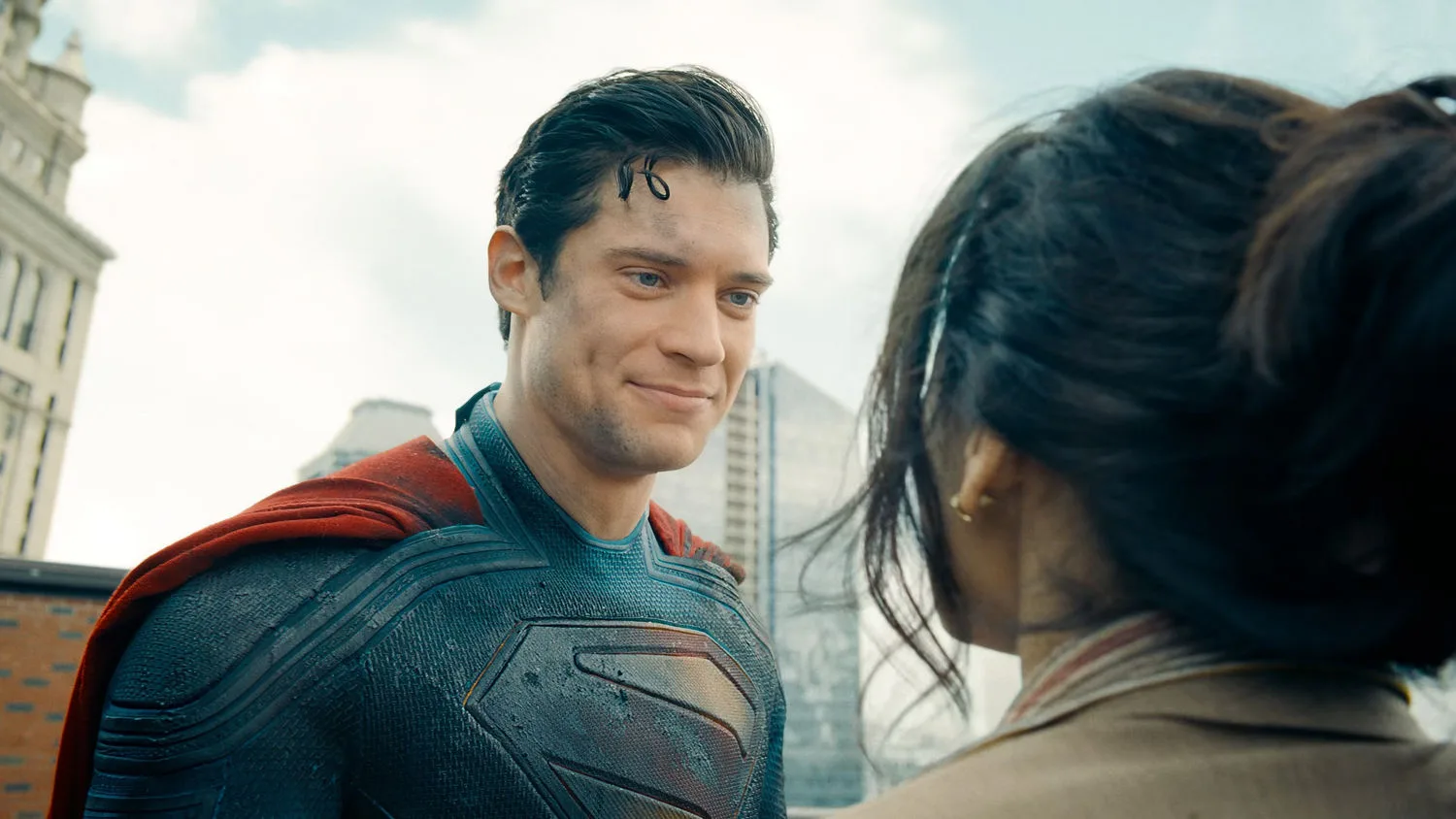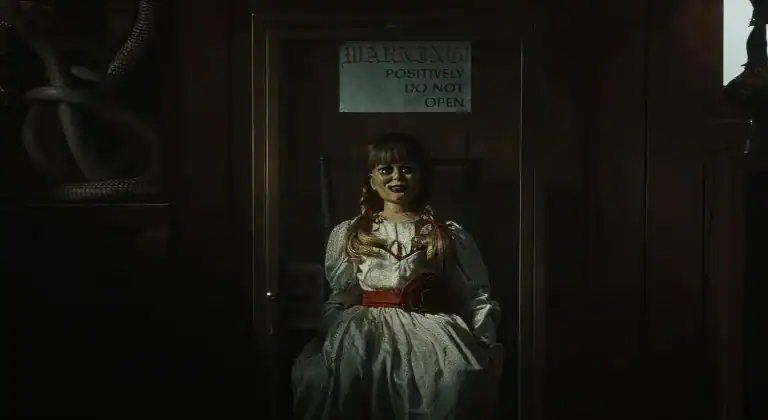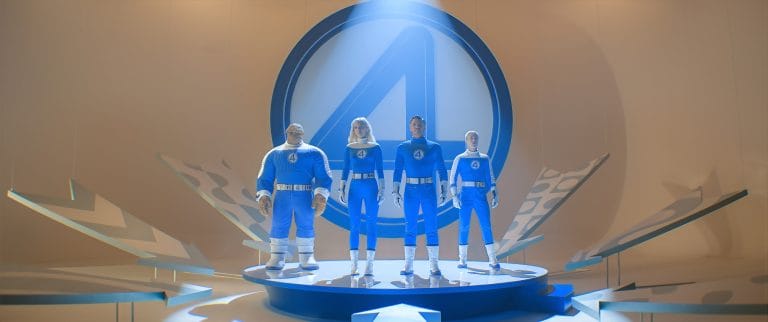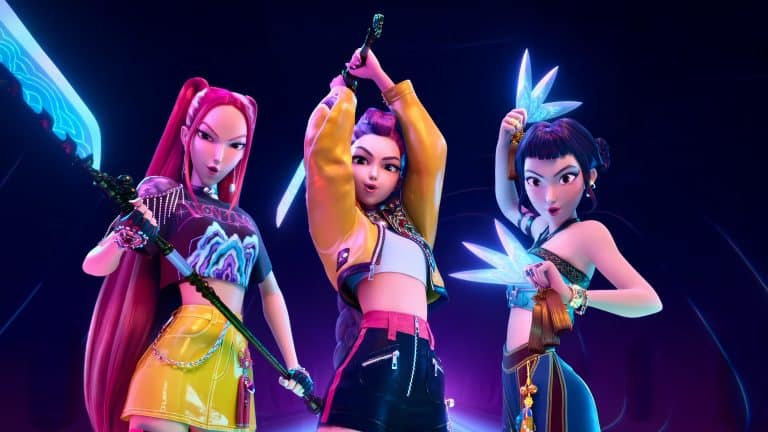
TL;DR
Superman (2025) brings back the warmth and hope we’ve been missing from superhero movies. James Gunn nails the balance between epic action and genuine heart, though some slow moments might test your patience.
Introduction
James Gunn’s Superman could be exactly what DC needs right now. His take on the Man of Steel ditches the grim darkness for something brighter—a Superman who actually feels hopeful again. If you’ve been waiting for a superhero movie that doesn’t feel cynical, this one’s for you.
Want to see how other franchises are handling their reboots? Check out our review of The Conjuring: Last Rites for a completely different approach to world-building. And if you’re curious about how the film performed at the box office, we’ve got that covered in our Superman (2025) box office breakdown.
Plot Overview: Hope Reborn
Clark Kent finds himself caught between his small-town values and his role as the world’s greatest hero. The movie gets to the point quickly—no endless origin story here. The middle act slows down to focus on relationships and character development before building to a finale that delivers both emotional weight and spectacular action.
Deep Dive: Humanity Meets Heroism
Here’s what works: Gunn takes his time with the characters. Yes, that means fewer explosions per minute than some superhero movies. But it also means you actually care about what happens to these people. The film earns its emotional moments instead of rushing toward the next action beat.
Clark feels like a real person instead of a walking symbol. His conversations with Lois Lane crackle with genuine chemistry—these two actually seem to enjoy each other’s company. When Clark struggles with the weight of his responsibilities, it doesn’t feel manufactured for drama. It feels like genuine internal conflict from someone trying to do right by everyone.
The supporting cast gets enough screen time to breathe and develop. Metropolis feels like a city where real people live and work, not just a backdrop for destruction. Characters have conversations that matter beyond advancing the plot. They joke, they worry, they react like humans would when a flying man in a cape shows up to save the day.
The visual style makes a bold statement after years of grimy superhero cinematography. Bright, clean images replace the muddy darkness that’s dominated the genre lately. Colors pop without looking artificial. When Superman flies, you can actually see him clearly against blue skies instead of squinting through smoke and shadows. It’s colorful without looking like a cartoon, serious without being depressing.
The score walks a delicate line between honoring the past and creating something new. You’ll hear echoes of John Williams’ iconic themes, but they’re woven into a fresh musical identity that belongs to this version of Superman. When the main theme swells during key moments, it hits with the right amount of nostalgia without feeling like a retread.
What sets this apart from other Superman movies? Gunn finds the sweet spot between Zack Snyder’s heavy mythology and Marvel’s constant quipping. Snyder’s Man of Steel treated Superman like a god wrestling with his place among mortals. This version treats him like a person who happens to have incredible powers. He’s hopeful without being naive, powerful without being distant from humanity.
This feels like a Superman movie made by someone who actually likes Superman. Gunn isn’t trying to fix the character or make him edgy or relevant to modern audiences. He’s celebrating what made Superman special in the first place—the idea that someone with unlimited power would choose to use it to help others.
What We Loved: Highlights
The tone feels genuinely refreshing. After years of brooding superheroes who seem burdened by their powers, it’s genuinely refreshing to watch one who actually seems to enjoy helping people. Superman smiles when he saves someone—not a smug smirk or a grim expression of duty, but the smile of someone who’s genuinely happy to help.
Lois Lane gets to be a real character. She’s not just there to get rescued, deliver exposition, or serve as a prize for the hero. Her scenes with Clark work because both actors sell the relationship as a genuine partnership between equals. When she investigates stories or challenges Clark on his choices, it feels like two intelligent people working through real issues together.
The cinematography makes every scene pop. Bright, clean visuals that actually let you see what’s happening during action sequences. No shaky cam, no muddy color grading, no unnecessary darkness to hide mediocre effects. When Superman flies through the sky, you can see every detail of his movement against crisp blue backgrounds.
The score elevates every moment. It honors the classic Superman music without just copying John Williams note for note. There are familiar melodies that will make longtime fans smile, but they’re arranged in ways that feel fresh and contemporary. When Superman takes flight, the music soars with him. When he has quiet moments with Lois, the score pulls back to let the characters breathe.
What Fell Flat: Weak Spots
The pacing drags in specific spots, particularly during the second act. Some dialogue scenes run longer than they need to, with conversations that feel more like character building exercises than natural interactions. If you came expecting nonstop action, you might find yourself checking your watch during these slower moments. The film takes its time—sometimes too much time—developing relationships and internal conflicts.
Some action sequences feel surprisingly conventional for a James Gunn movie. They’re competent and well-shot, but they don’t showcase the creative visual flair that made Guardians of the Galaxy so memorable. You’ll remember the character moments and quieter scenes more than the big set pieces. For a director known for inventive action, these sequences feel almost by-the-numbers.
The tonal balance, while generally successful, might leave some viewers unsure what kind of movie they’re watching. It’s not quite as fun and irreverent as Guardians of the Galaxy, but it’s not as serious and mythic as Man of Steel. That middle ground works most of the time, but occasionally it can feel like the movie is holding back from fully committing to either approach.
Final Verdict: A New Beginning
The film succeeds as both a crowd-pleaser and a character study. It’s the kind of superhero movie that reminds you why you fell in love with these characters in the first place—not because they can fly or lift cars, but because they represent the best of what we could be.
Who should watch this? Anyone who misses when superhero movies felt genuinely hopeful instead of cynical or ironic. Comic book fans will appreciate how the film respects Superman’s core values without feeling outdated or naive. Parents looking for a superhero movie they can actually watch with their kids will find something refreshing here. Casual viewers will find an accessible entry point into DC’s new direction that doesn’t require homework from previous films.
Who might not love it? If you need constant action and quick pacing, the character-focused approach might test your patience. The film takes time to breathe and develop relationships, which some viewers might find slow. If you prefer your superheroes dark, complex, and tormented, this optimistic take might feel too simple or straightforward for your taste.
This Superman proves that sometimes the best way to reinvent a character is to remember what made them great in the first place. It’s a movie that believes in hope, goodness, and the idea that people with power should use it to help others. In a world full of complicated antiheroes, that simple message feels almost revolutionary.
Watch our full breakdown below for more detailed thoughts on this film



